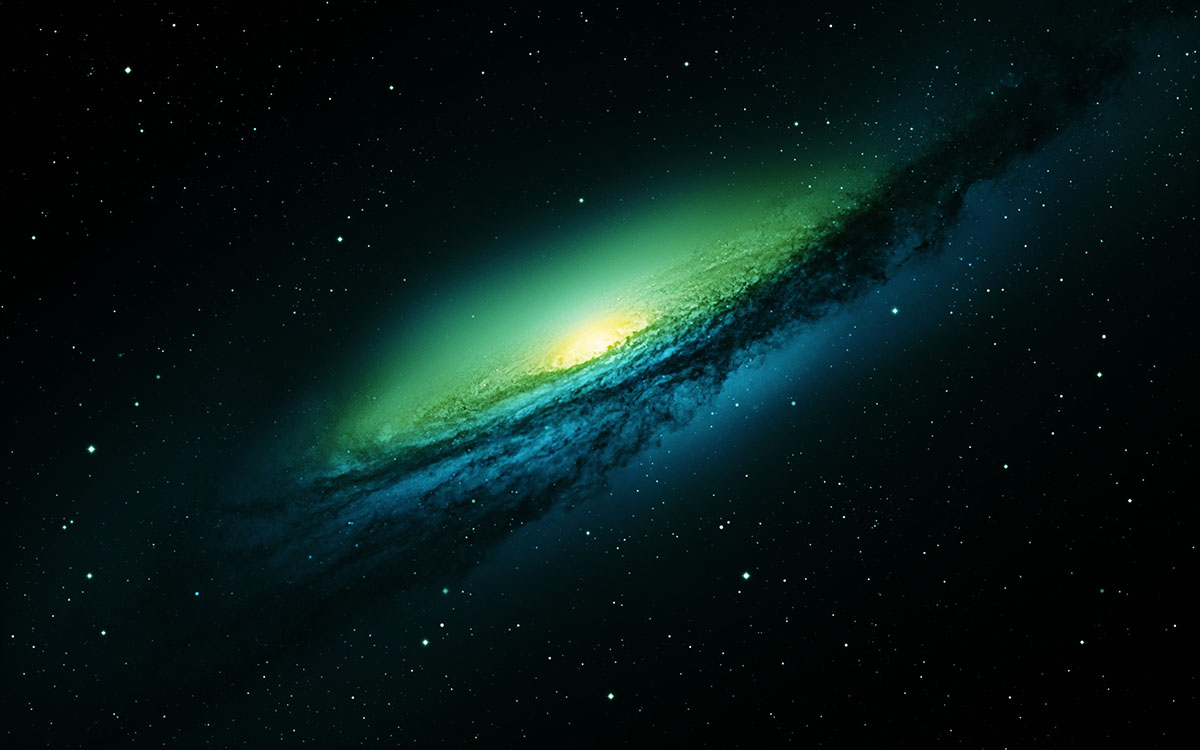living things and slightly expanding universes

Today, we’re going back to my old frienemy, the arXiv blog. Even though I tend to beat up on it quite a bit, the preprint archive does have some interesting papers, even if the only interesting part about them is shredding them for a skeptical post. Then again, this sort of constant criticism of scientific work, which Dr. Ben Goldacre once called intellectual S&M, is how we learn about the world around us and pick fantastic insights from sub- par or unworkable propositions. So in the spirit of scientific sadomasochism, I’d like to bring you another one of the arXiv blog’s typically overhyped pieces, a paper trying to prove that the universe is not fine-tuned for life, which is a line of cosmological debate we’ve tackled in the past. Here, the grand idea rests in the expansion of space, or to be more precise, the fact that space is expanding. If living things were the primary purpose of a universe, the argument goes, space shouldn’t be expanding at all to let subatomic particles coalesce into the different types of life that might be possible more easily, and in fact, an ever so slightly shrinking universe is a much better environment for living things to eventually evolve, rather than our ever so slightly expanding one.
Now, the paper itself is kind of a rambling mess which is probably not going to get published in any journals not only because its author is pretty much all over the place between deistic notions and hard science, citing an entry from a religious journal as a source, but because it offers nothing new on its own. There are no real calculations to speak of here; his entire work quotes the finding of a team of cosmologists trying to get a grip on the cosmological constant, also known as Λ, or dark energy, or if you were to go back far enough in the literature, vacuum energy. The team in question concluded that if the value of Λ is too large, then galaxies and everything in them would fly apart, and if it were negative, the universe would collapse into itself. I know, it’s a pretty underwhelming result and it seems pretty intuitive, almost like a regurgitation of basic cosmology with a dash of calculus thrown in for good measure. But there’s a bit of a twist. Both papers were trying to find some hint of a range in which the universe either can or can’t allow for life and according to the latter, since positive values of Λ would mean that space is expanding so fast, even baryons can’t come together, much less stars, planets, and galaxies, living things would be better off in a universe where Λ is just slightly negative so more baryons can come together and create living things. Pretty intuitive as well, right?
Well, intuition can lead you astray. It’s pretty much a given that the universe has to exist in a range of physical conditions which keep it from collapsing in on itself because its fabric is effectively imploding, and just flying apart because its fabric is basically exploding. But the underlying metric of this pull or push, the Λ value, has very little to say about the likelihood of life. Just because more atoms could fuse into more stars and galaxies doesn’t mean that there would be more life. After all, simply scrambling atoms together doesn’t produce DNA all by itself. There are other factors to consider. Would a smaller universe have more entropy since a smaller distance between objects would imply a higher rate of collisions and explosions? Would there be more huge stars seeding vast nebulas with organics, silicates, and metals? Would there be more radiation in a smaller universe, radiation which can break down or sabotage most known and theorized biochemistry? There’s a lot more to life than just the likelihood of baryons merging. Sure, we could argue that in a smaller, more entropic universe, there would be more life as more and bigger stars shed more and more components for complex sugars and organic molecules, but we’d have to balance that idea against the radiation given off by so many large, fast-burning stars, and the dangers of the black holes and death-beam emitting neutron stars they will leave behind when they explode. Really, the value of Λ doesn’t even begin to scratch the surface here.
How will we know if the universe if fine-tuned for life? In my opinion, I don’t think we can because the question is more of a philosophical one, an iteration of “why are we here?” in cosmological terms, instead of a binary, scientifically-grounded and falsifiable one. For those who want to believe that life is special and the universe was fined tuned for us and any alien creatures out there, any finding can be easily used as proof positive that it really is. Narrow ranges of cosmological states enabling the kind of physics we see today can be interpreted as a sign of how unlikely it is that without fine-tuning life could ever be possible while generous ranges could be presented as evidence that the universe was given enough slack to ensure that living things will evolve. In the scientific view, life is life, and if the universe allows for life as we know it, it says nothing about whether it’s fine tuned or not. After all, were the universe born differently, it may well have given rise to life as we don’t know it, life that spent just as much time as we do wondering if the universe was fine-tuned for it.
See: Martel, H., et al. (1997). Likely Values of the Cosmological Constant Astrophys.J. 492 (1998) 29
Don N. Page (2011). Evidence Against Fine Tuning for Life, arXiv: 1101.2444v1





